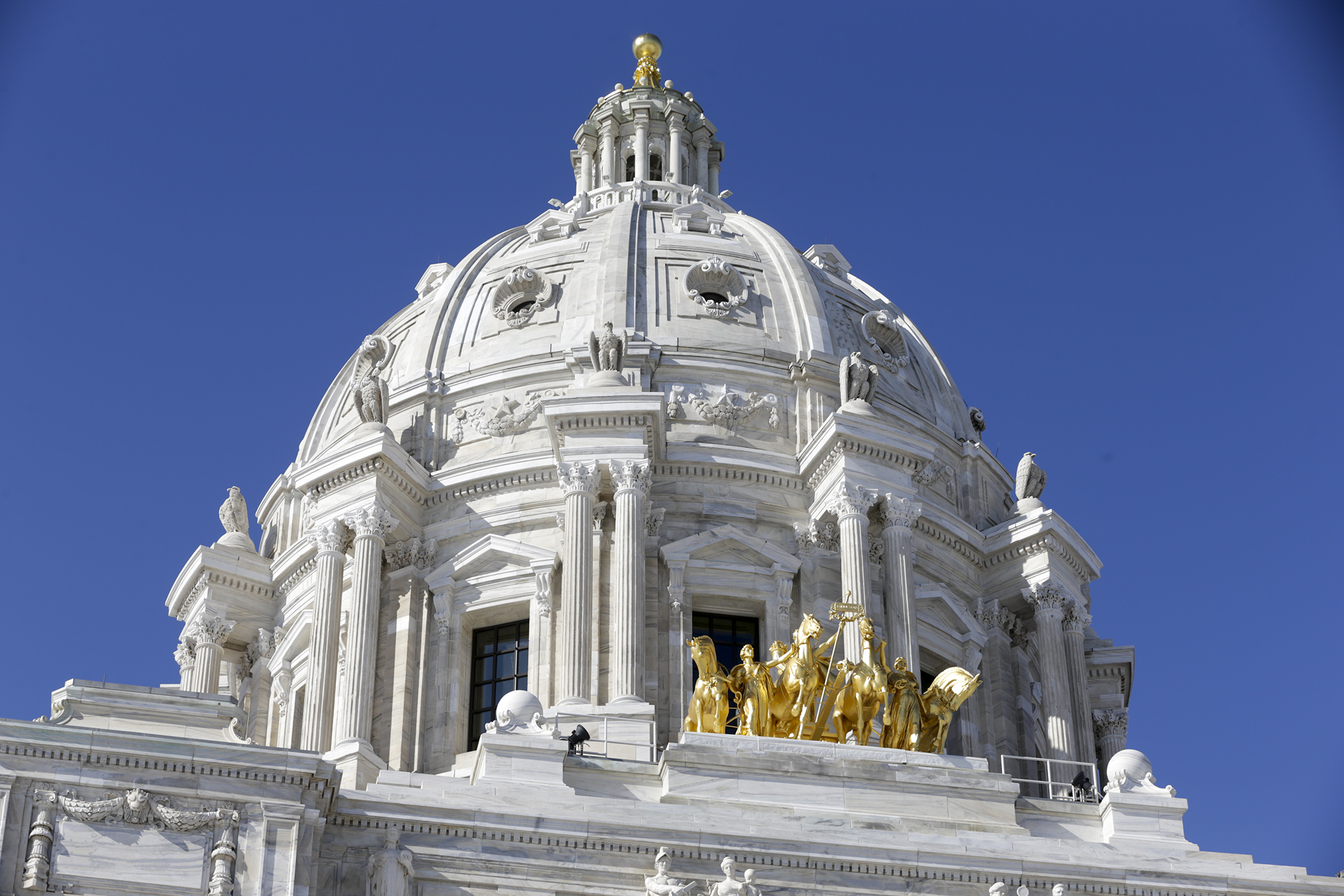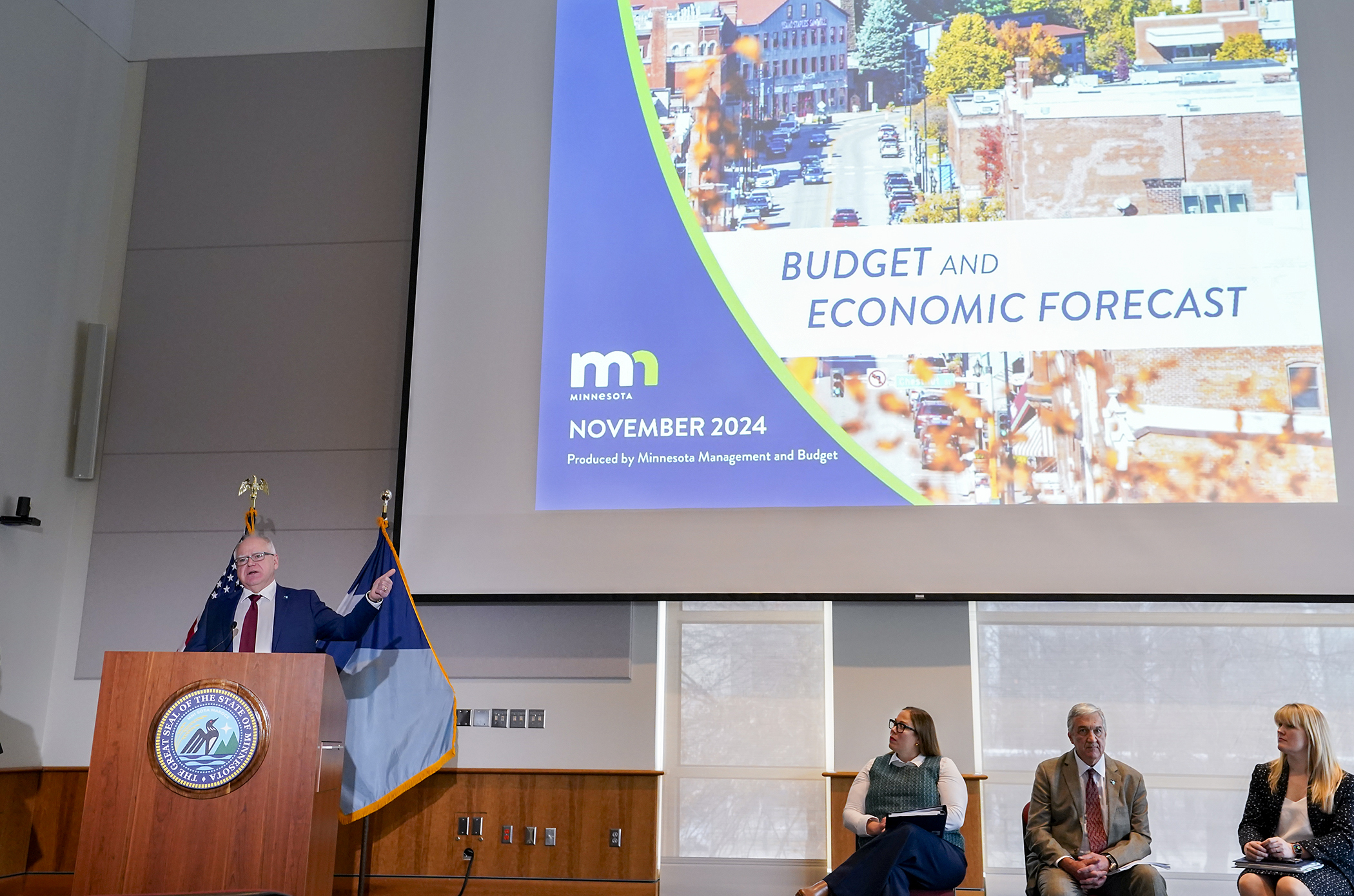Housing insecurity disproportionately impacts Minnesotans of color, lawmakers hear
Housing affects every person in every corner of Minnesota yet compromises less than 1% of the state’s budget.
Representatives of the Minnesota Housing Agency shared extensive data on housing insecurity Tuesday with the House Housing Finance and Policy Committee; Minnesota Housing Partnership personnel explained its approach to helping anyone on the housing continuum.
“Shelters save lives, but housing is what’s going to end homelessness,” said Anne Mavity, the partnership’s executive director.
About 20,000 people in Minnesota are unhoused every year, nearly half of whom are children.
Affordability is also a detriment to many people.
One-in-four Minnesotans pay more than they can afford for housing. More than 554,000 households spend over 30% of their income on housing, straining their ability to cover other daily needs.
“Many of you know me to be partisan on a handful of things,” said Rep. Jim Nash (R-Waconia). “This is not one of them. This is something we all have to solve.”
Housing insecurity is felt inequitably, according to Mavity. Compared to white households, households of color are half as likely to own a home, 2.6 times as likely to be severely cost burdened and 6.2 times as likely to be homeless.
“One of the challenges has been the racial disparities and the fact that we haven’t fully corrected from inequitable policies that were set in motion, because removing them isn’t enough,” Mavity said.
Describing Minnesota Housing as a “mission driven financial institution,” commissioner Jennifer Ho said the agency uses money it makes on loans to pay for operating costs, with only 4% of its budget coming from state appropriations.
By financing mortgage and home improvement loans, the agency makes enough to cover its operating expenses. The state appropriations and Housing Infrastructure Bonds approved by the Legislature fund homeowner counseling, the development of affordable single-family homes, rental assistance and homelessness prevention.
Rep. Hodan Hassan (DFL-Mpls) said not just funding, but intentional, transformational and systemic policy changes are needed. “It’s really not cost-effective to have people sleeping outside and it’s, of course inhumane, but it also costs us a lot of money to house them in the future.”
Related Articles
Search Session Daily
Advanced Search OptionsPriority Dailies
Ways and Means Committee OKs House budget resolution
By Mike Cook Total net General Fund expenditures in the 2026-27 biennium will not exceed a hair less than $66.62 billion.
That is the budget resolution approved Tuesday by the House Ways...
Total net General Fund expenditures in the 2026-27 biennium will not exceed a hair less than $66.62 billion.
That is the budget resolution approved Tuesday by the House Ways...
Minnesota's budget outlook worsens in both near, long term
By Rob Hubbard It looks as if those calling for less state spending could get their wish, judging from Thursday’s release of the February 2025 Budget and Economic Forecast.
A state su...
It looks as if those calling for less state spending could get their wish, judging from Thursday’s release of the February 2025 Budget and Economic Forecast.
A state su...